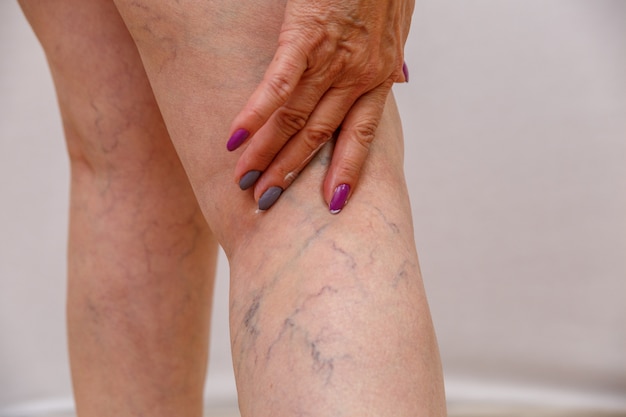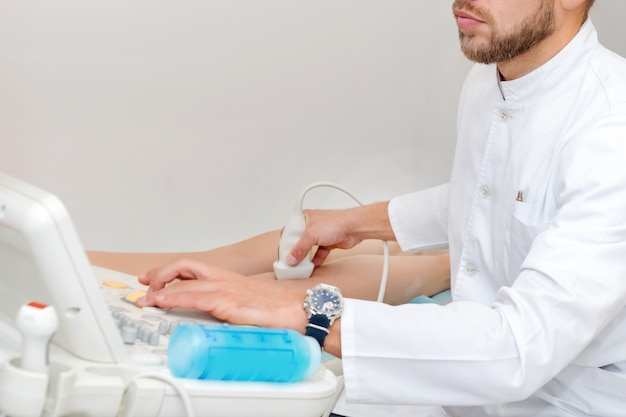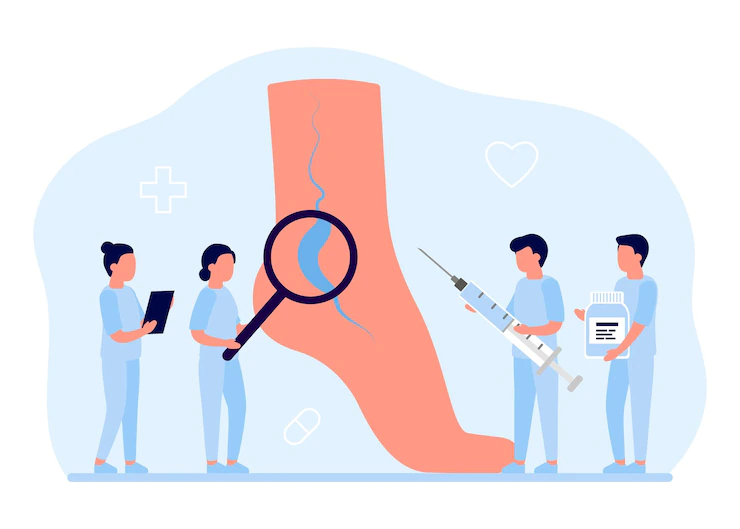How Vein Specialists Treat Leg Veins
If you have been experiencing pain or swelling in your legs, it is possible that you have a vein issue.
Fortunately, a leg veins specialist can help. This post will discuss the treatment options available to you and provide information on what to expect from each one.
Read on to learn more!
Contents
Overview Of The Leg Veins Treatments
The leg veins treatments for the varicose veins are only done on the necessary basis. If they are causing you discomfort or pain, or if there are complications such as leg ulcers, bumps on the skin, and skin discoloration. Some people also get treatment for cosmetic reasons.

If treatment is necessary, your doctor may first recommend self-care at home. This may involve using compression stockings (after checking that your blood circulation is suitable for this), exercising regularly, avoiding standing up for long periods, and elevating the affected leg when possible.
If self-care does not improve the condition, there are a number of medical treatments that can be effective, such as sclerotherapy, endovenous ablation therapy, or surgery. Your doctor will be able to advise you on the best course of treatment for your individual case.
When it comes to your health, it’s important to be proactive and take action as soon as you notice any changes or symptoms. That’s why, if you’re experiencing any of the following symptoms of poor circulation, you should consult your doctor immediately.
Types Of Available Vain Treatments For The Patients
At NYC Vein Docs, they specialize in leg veins treatment and are also dedicated to helping our patients improve their circulation and overall health, using the latest technology and treatments to improve their vein health.

1. Compression Stockings
Compression leg veins treatment stockings are also available in a variety of different sizes and are able to create pressure. Most people who are suffering from varicose veins problems will be prescribed these medicated stockings that are knee-length. And also have a medium level of compression.
Before these can be recommended for you, you’ll have to run some tests called a Doppler investigation to check the amount of the affected areas’ blood circulation. Have you ever looked into the veins, and arteries of the leg diagram? When you are running these tests, the doctors will know the problematic areas of your legs. And this is more like your unique diagram for your leg.
This is usually a painless test where a handheld device is passed over your skin to measure the speed and direction of blood flow in your vessels.
The compression stockings are specially created to give steadily squeezing to your legs. And it also improves blood circulation. They’re often the tightest from the ankle areas and get gradually more flexible as they go further up your leg-affected areas.
This encourages the blood to flow upwards and pump into your heart. The mechanism also helps you to get the perfect sense of relief from the pain, discomfort, and leg swelling which is caused by your varicose veins.
2. Radiofrequency Ablation
Radiofrequency ablation is a minimally invasive procedure used to treat varicose veins. The procedure involves heating the wall of the vein using radiofrequency energy, which causes the vein to collapse and seal shut. Once the vein has been sealed, blood flow is redirected to healthy leg veins.
Radiofrequency ablation is typically carried out under local anesthesia, but treatment for the painful veins in the leg may also be performed under general anesthesia. The procedure may cause some short-term side effects, such as pins and needles (paraesthesia), but is generally safe and effective.
If you are considering radiofrequency ablation for the treatment of varicose veins, speak to your doctor to discuss whether the procedure is correct for you.
3. Endovenous Laser Treatment
Endovenous laser treatment is a minimally invasive procedure used to treat varicose veins. The procedure involves inserting a small catheter into the body veins and then using it as an ultrasound scanning. It also guides it into the appropriate position.
A laser is then passed through the catheter and positioned at the top of the vein. The laser delivers short bursts of energy, heating up the vein and sealing it in the right areas. The laser is then slowly pulled along the length of the vein, using the ultrasound scan to guide it. This allows the entire length of the vein to be treated.
Endovenous laser treatment can be carried out under either local or general anesthesia, and most patients experience only minor discomfort after the procedure. Bruising and pain are common but typically resolve within a few weeks. Nerve injury is a rare but possible complication of endovenous laser treatment, but the effects of the leg veins pains are usually only temporary.
Wrapping It Up:
The leg veins are always a susceptible part of every human’s body. And most people are starting to have pain in that portion of the body. Many things can be the reason for the pain. But if you are doing some mild daily exercises, you can easily overcome the chances of further damage to the leg veins. So what is your opinion? Share your suggestions through the comment sections.
Additionals:
- How Can You Take Charge of Your Vein Health
- Top 10 Best Leg And Foot Massagers in 2020
- What Is Back Pain? Symptoms, Treatment, And Prevention



